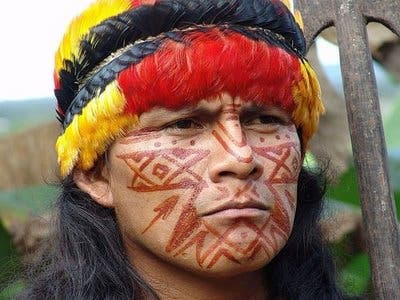Head shrinking is a ceremonious practice exclusive to the Jivaro Indians who live in Ecuador in the nearby Peruvian Amazon. It literally involves severing a regular-sized human skull and miniaturizing it, shrinking it several times down from its original size.
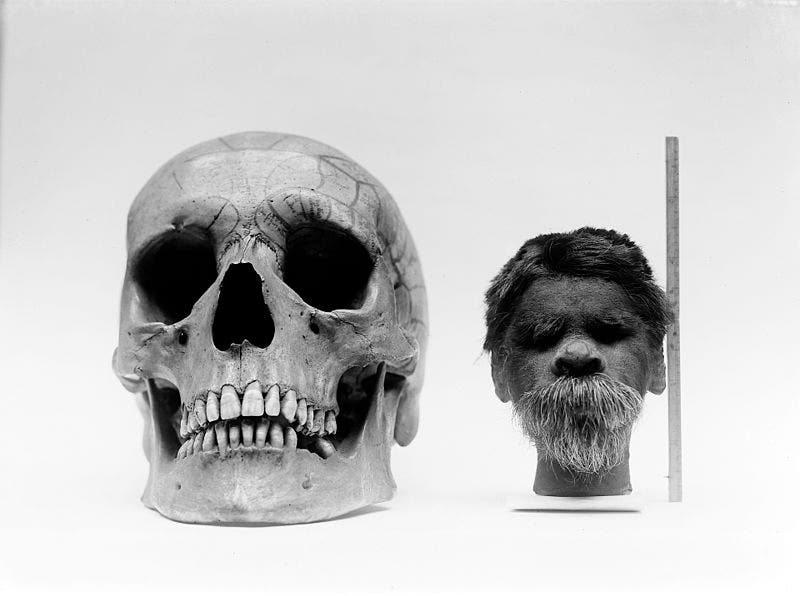
When the Spanish conquistadors came to South America, they quickly found that they could easily outmatch and conquer the local populace thanks to their vastly superior weapons, armor, and the diseases that they brought with them from Europe. However, not all local tribes easily submitted to the Spanish hegemony.
One such group was the Jivaro, who are divided into several tribes that include the Shuar, Achuar, Huambisa and the Aguaruna. All were known as fierce warriors that do not easily tolerate foreign invaders — and the Spanish would soon find out the hard way.
In 1599, the Jivaro united in a revolt against their Spaniard oppressors. The uprising led to the slaughtering of 25,000 colonists, including the governor of Logrono who had molten gold poured down his throat — a symbolic act of retribution for the governor’s angering tax on gold trade.
The violence of the Jivaro was so gruesome that, to this day, their name has remained a word in the Spanish language meaning “savage”.
One of their warring customs that was particularly brutal was the practice of tsantsa, which basically involves severing an enemy’s head and then shrinking it for ritualistic or religious purposes.
Headhunting
Today, some human resources professionals are known as “head hunters”, tasked with finding, vetting, and hiring suitable candidates for job positions. This can be a grueling and demanding job, but perhaps nowhere near as gruesome as that of a person who literally hunts heads for a living or simply for sport.
The practice of removing an adversary’s head after killing him in battle and keeping it as a victory trophy is widely spread across human history. During the 3rd century BC, warriors fighting for the Qin state in China would collect the heads of their fallen enemies and tie them around their waist to inflict terror and weaken the morale of their opponents in battle.
In New Guinea, the Marind-anim tribe believed they were taking the souls of their enemies along with their heads. Europe was no stranger to headhunting either, with the Celts regularly engaging in headhunting up to the end of the Middle Ages, nailing the heads of their enemies to walls to serve as a warning to would-be transgressors.
Later, the spread of colonial rule in the 1800s and Christian missionaries resulted in a great reduction of head taking peoples to a handful of tribes in South America, Burma, Assam in India, Taiwan, the Philippines, highland Melanesia, and Indonesia.
But despite the widespread use of headhunting, we know of only one group that practiced head shrinking — the horrid trademark of the Jivaro.
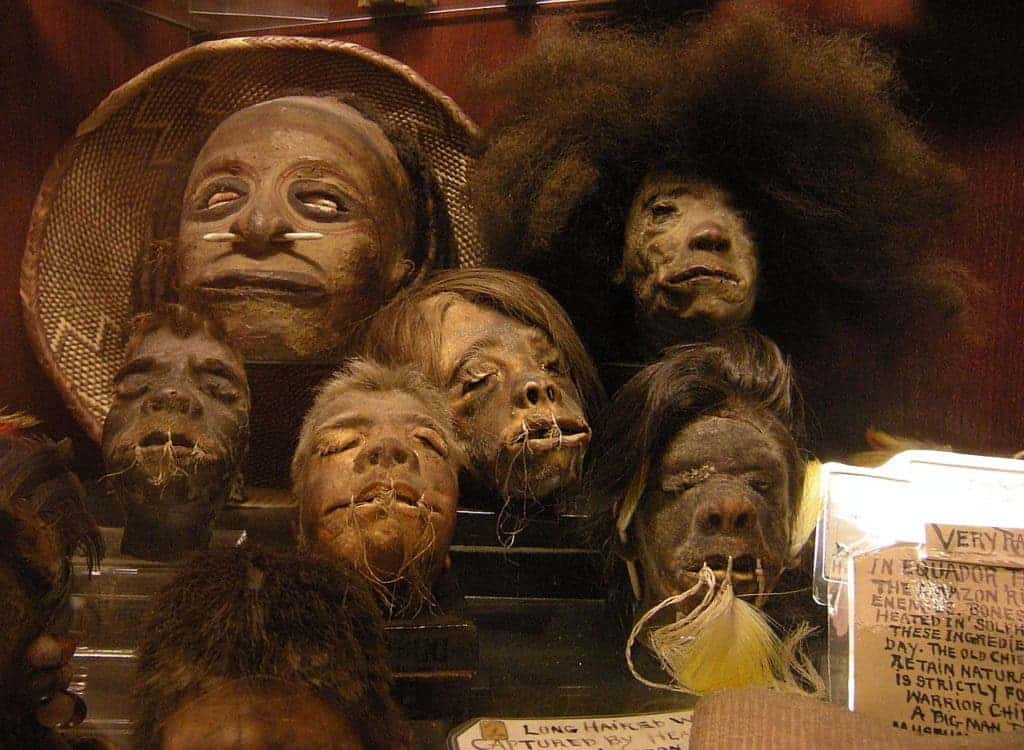
The Jivaro were very seasoned warriors as a result of constant inter-tribal wars they fought among each other. Their military tradition and philosophy were also unique. While wars elsewhere were fought for power and territory, for the Jivaro war was all about vengeance — they called it blood revenge.
If a relative was killed and wasn’t avenged, the Jivaro feared that their kin’s spirit would be angry and bring bad luck to the tribe. But killing their enemies wasn’t enough — the Jivaro needed proof that their ancestors had been avenged. And what better proof that coming back to camp with the heads of their fallen enemies. Decapitation was such an important part of the Jivaro way of life that a raid on an enemy village would be considered a huge disappointment if no heads were recovered, even though many enemies might have been killed in the battle.
But revenge is a two-way street. So, in order to prevent the spirit (“muisak“) of their fallen enemies from attempting retribution, the Jivaro would shrink the heads of the people they’d just killed. These shrunken heads, or tsantsa, were often worn on necklaces.
How to shrink a head (the recipe)
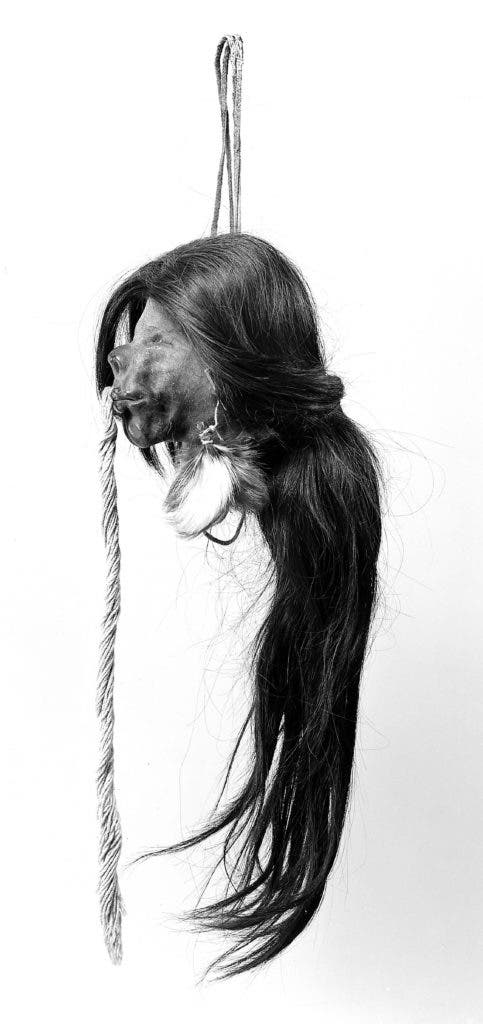
The process is as gruesome as it sounds. First, the Jivaro remove the skin and hair from the skull. The eyelids are sewn shut and the mouth is plugged with a stick. Next, all that peeled off scalp (basically the head without the skull) is boiled in a pot for about 15-30 minutes.
Once removed from the pot, the head shrinks to about a third of its original size, while the skin turns dark and rubbery in texture. The headhunter artisan would then turn the skin inside out to scrape off any leftover flesh with a knife.
The scraped skin is then turned back to its original side and sewn together after hot stones and sand are inserted inside the head to contract it from the inside. This process also tans the skin, like any other animal hide, preserving it so it lasts longer.
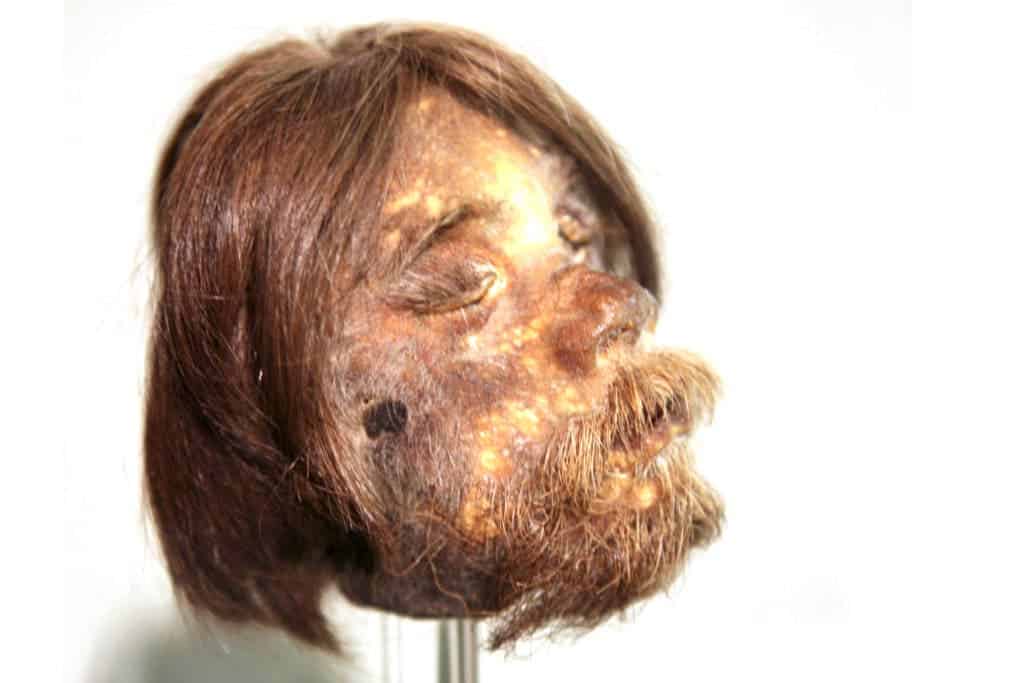
Once the miniaturized-head reaches the desired size, the artisan uses more hot stones on the outside of the face to both seal it and shape the features. Charcoal ash is rubbed on the skin to darken and keep the avenging soal from exiting the head, as the ancient tribesmen believed. Then, the mini-head is hung above a fire to harden and blacken. Finally, the wooden peg in the lips is removed and the mouth is sealed for good with a string.
Fake heads, real money
As you might imagine, the first westerners who saw these tsantsas were terrified. They were also fascinated by them and brought many back home to Europe. In time, shrunken heads became quite fashionable among collectors and demand surged. By the 1930s, a shrunken head could cost up to $300 in today’s money.
Demand was so high that scammers started trading in fake shrunken heads, made from the heads of sloths or other animals. The fakes are so good that it can be very hard to tell the difference. So much so that many specimens in museum collections are not actually human heads.

Imitation tsantsa are often made out of goat or monkey skin. A trained eye can spot the differences between an authentic tsantsa made from a human head and one from a non-human animal by carefully looking for nasal hairs. It is also rather difficult to replicate a shrunken human ear, whose intricacies are challenging to duplicate. A DNA test is your best bet though when discriminating between genuine and fake tsantsa.
Today, tsantsas remain important religious symbols in the Shuar culture although human head shrinking itself is all but nonexistent. The practice was banned in South America in the 1930s along with the trading of the heads. Many claim that no new heads have been made for at least twenty years, although you can never know for sure.
Black market dealers will still trade tsantsas, but for a hefty price. Once sold for mere dollars, shrunken Jivaro heads now command prices of thousands of dollars each.
